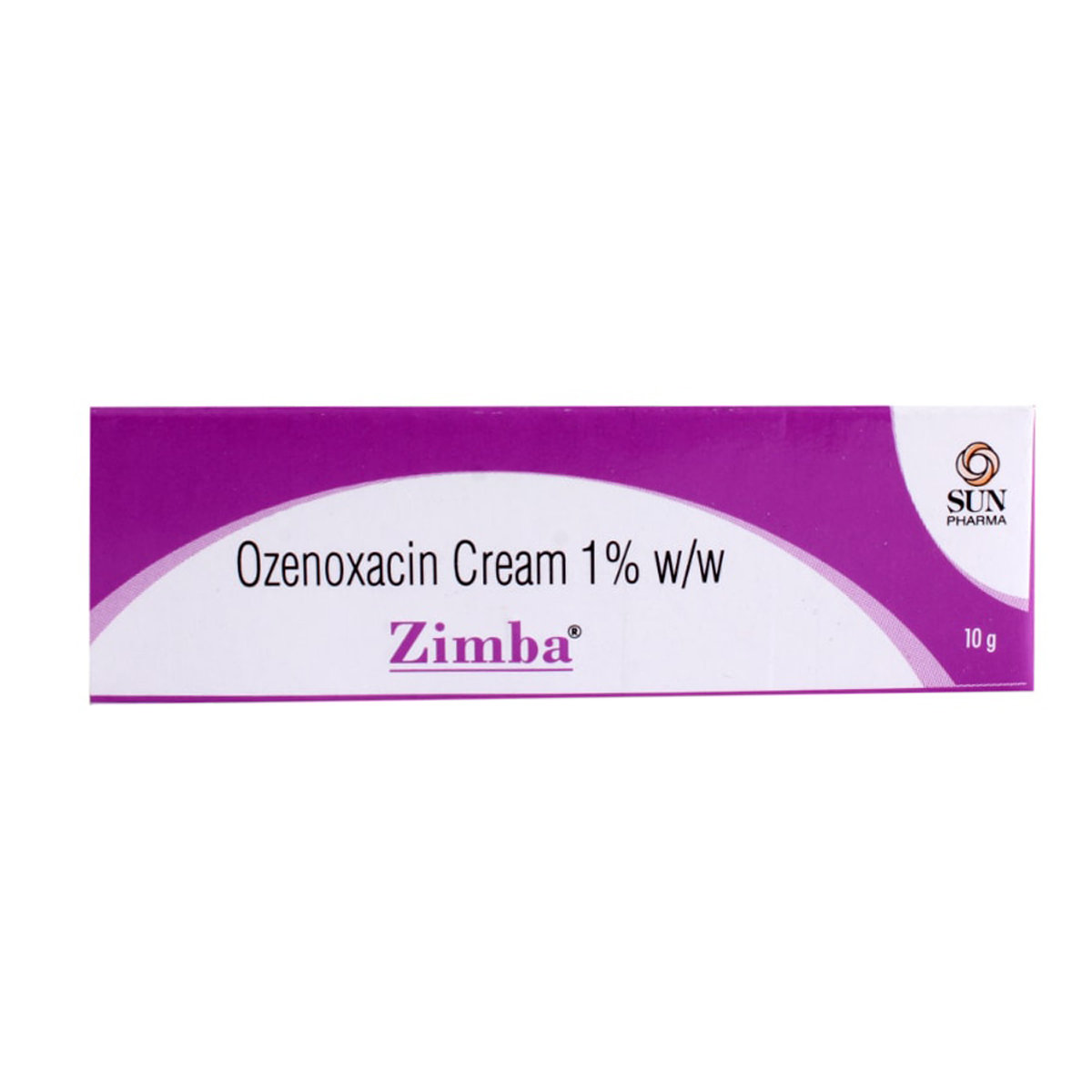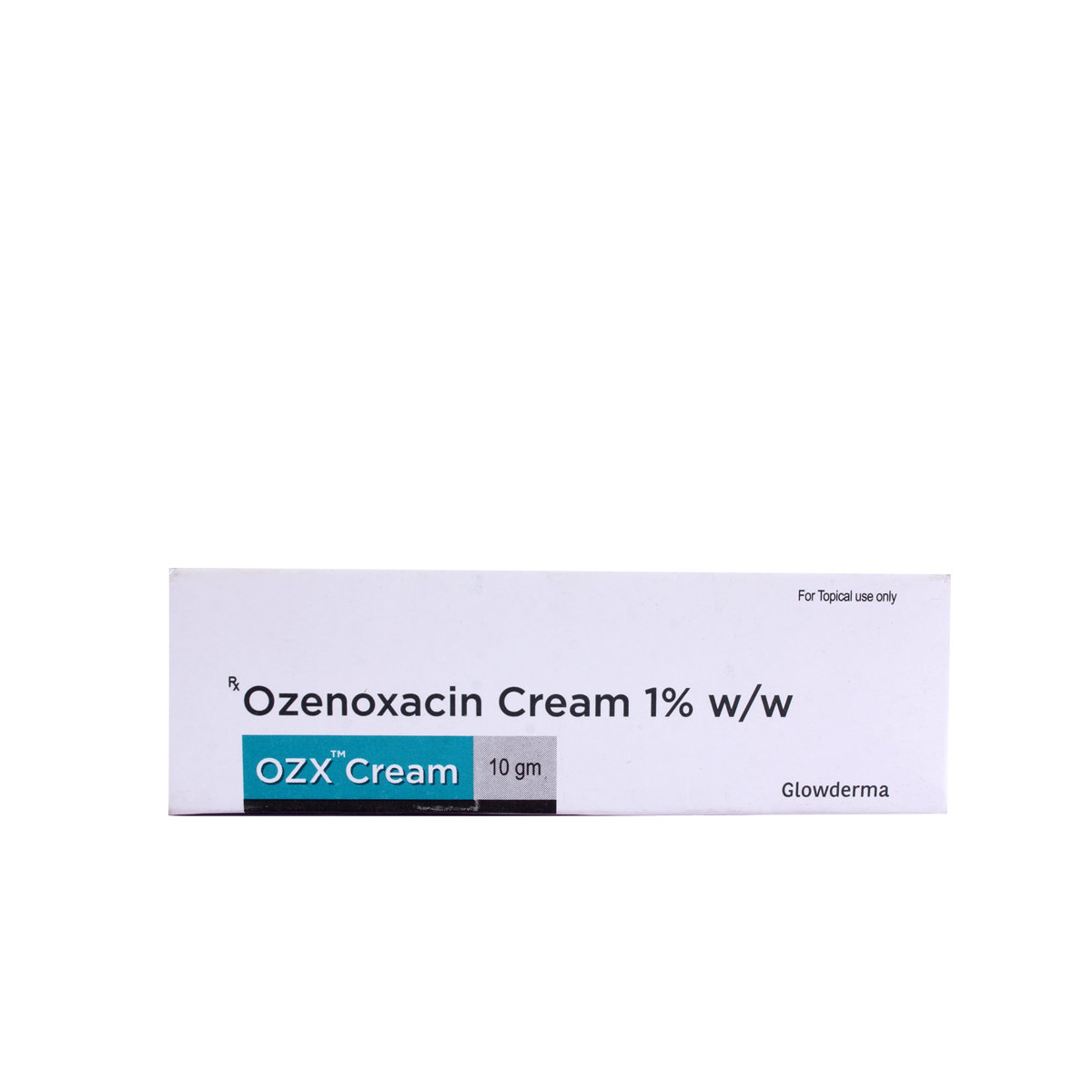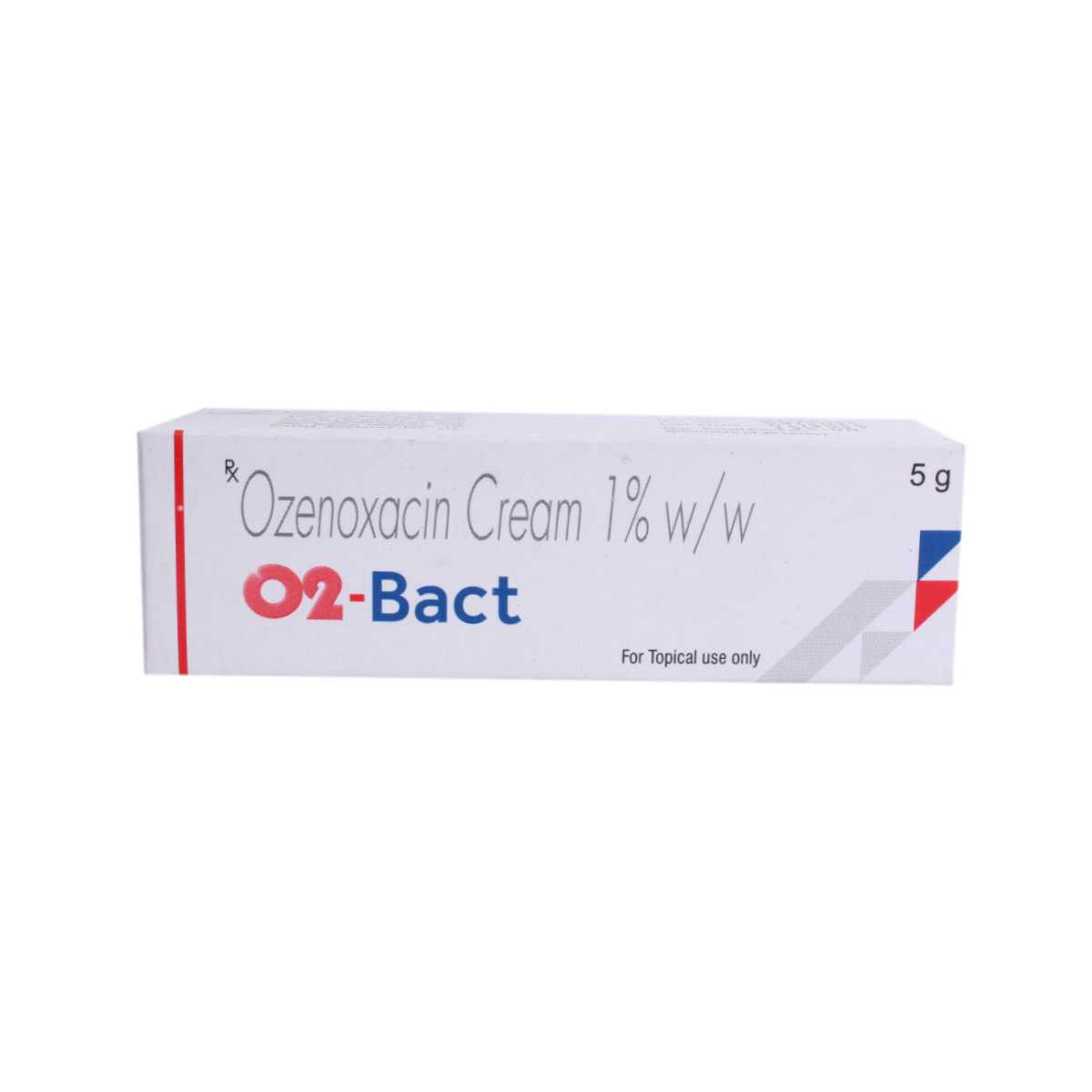B-Oze Cream 5 gm
MRP ₹79
(Inclusive of all Taxes)
₹11.8 Cashback (15%)
Provide Delivery Location
Online payment accepted
 Prescription drug
Prescription drugWhats That
Composition :
Manufacturer/Marketer :
Consume Type :
Expires on or after :
Return Policy :
About B-Oze Cream 5 gm
B-Oze Cream 5 gm belongs to an antibacterial class of medicine. It is a topical preparation used in the treatment of impetigo. Impetigo is a contagious skin infection causing red sores on the face. It involves the superficial area of the skin caused by organisms such as Staphylococcus aureus or Streptococcus pyogenes.
B-Oze Cream 5 gm contains Ozenoxacin, a quinolone antibiotic medicine. It works by inhibiting the protein synthesis responsible for bacterial cell growth, thereby killing the bacteria and treating bacterial infections.
B-Oze Cream 5 gm is a topical preparation and should be applied as advised by the physician. B-Oze Cream 5 gm may cause certain side effects, such as itching, burning sensation, irritation, and redness at the site of application. These side effects do not require medical attention and gradually resolve over time. However, if any of these side effects persist, inform your doctor.
Avoid using B-Oze Cream 5 gm if you are allergic to it. Inform your doctor if you have any liver or kidney disorders and other skin problems before using B-Oze Cream 5 gm. Inform your doctor if you are pregnant or breastfeeding before using B-Oze Cream 5 gm. This medicine can be used in both adults and children. However, use this cream in infants only if recommended by a paediatrician. Avoid applying B-Oze Cream 5 gm on open wounds, blisters and lesions.
Uses of B-Oze Cream 5 gm
Directions for Use
Key Benefits
B-Oze Cream 5 gm contains Ozenoxacin, a quinolone antibiotic medicine. It works by inhibiting the protein synthesis responsible for bacterial cell growth. Thus, it kills the bacteria and treats bacterial infections. It is mainly caused by organisms such as Staphylococcus aureus or Streptococcus pyogenes.
Storage
Drug Warnings
Using B-Oze Cream 5 gm should be avoided if you are allergic to it. Inform your doctor if you have any liver/kidney disorders and skin diseases before using B-Oze Cream 5 gm. Although it’s a topical cream, inform your doctor if you are pregnant or breastfeeding before using B-Oze Cream 5 gm. This medicine can be used in both adults and children. However, use this cream in infants only if recommended by a pediatric doctor. Avoid applying B-Oze Cream 5 gm on open wounds, blisters and lesions. Inform your doctor about all your medication history, including prescription and OTC medicines and herbal supplements, before starting treatment with B-Oze Cream 5 gm. Avoid contact with eyes, ears, nose and mouth. In case of accidental application, thoroughly wash with water.
Diet & Lifestyle Advise
- Try to wear loose clothes to avoid the spread of skin infection.
- Avoid wearing wet clothes. Regularly change your socks and wash your feet. Avoid shoes that make your feet sweaty and hot.
- Do not scratch the affected area of the skin, as it can spread the infection to other body parts.
- Avoid sharing towels, combs, bedsheets, shoes or socks with others.
- Manage stress, eat healthily, drink plenty of water, exercise regularly and get plenty of sleep.
- Add ginger, garlic, and turmeric to your diet, which helps improve immunity and prevent infections.
Side Effects of B-Oze Cream 5 gm
- Burning sensation
- Itching
- Redness
- Irritation
Habit Forming
Therapeutic Class
All Substitutes & Brand Comparisons
RX
Noxa Cream 10 gm
Indoco Remedies Ltd
₹132.5
(₹11.93/ 1gm)
16% CHEAPERRX
Noxa Cream 5 gm
Indoco Remedies Ltd
₹75
(₹13.5/ 1gm)
5% CHEAPERRX
Ozewid Cream 10 gm
Abbott India Ltd
₹206
(₹18.54/ 1gm)
30% COSTLIER
Author Details
We provide you with authentic, trustworthy and relevant information
FAQs
Special Advise
- Do not try to cover the infected area with a bandage or cloth unless prescribed by your doctor.
- B-Oze Cream 5 gm is a topical preparation. Avoid oral, parenteral, vaginal, or rectal usage.
Disease/Condition Glossary
Impetigo: Impetigo is a contagious skin infection causing red sores on the face. It involves the superficial area of the skin caused by organisms such as Staphylococcus aureus or Streptococcus pyogenes. This condition mostly occurs in children and infants.

Have a query?
Alcohol
Safe if prescribed
No interaction was found.
Pregnancy
Consult your doctor
Inform your doctor if you are pregnant or planning pregnancy before using B-Oze Cream 5 gm. Your doctor may prescribe this medicine if the benefits outweigh the risks.
Breast Feeding
Consult your doctor
If you are breastfeeding, inform your doctor before using B-Oze Cream 5 gm. Your doctor may prescribe this medicine if the benefits outweigh the risks.
Driving
Safe if prescribed
B-Oze Cream 5 gm generally does not affect the ability to drive vehicles or operate machines
Liver
Consult your doctor
B-Oze Cream 5 gm should be used with caution if you have liver disease. Please seek medical advice if you have any concerns about this.
Kidney
Consult your doctor
B-Oze Cream 5 gm should be used with caution in patients with kidney disease. Please seek medical advice if you have any concerns about this.
Children
Safe if prescribed
B-Oze Cream 5 gm is generally safe to be used in children. However, use this medicine in infants only if recommended by a doctor.















.jpg?tr=q-85)

